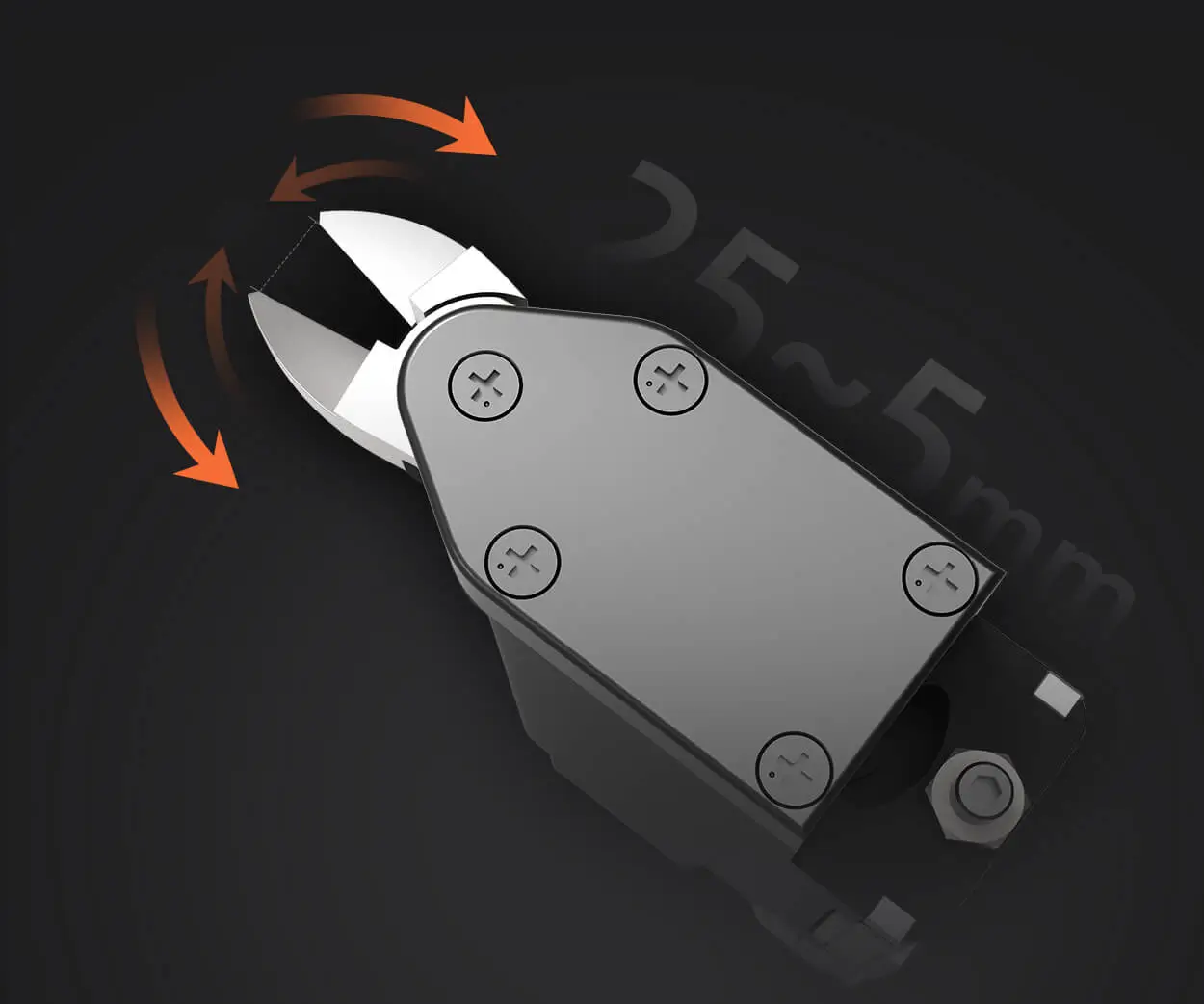Ever wondered why some RC cars zip along smoothly while others sputter and stall? It all comes down to the tiny but mighty motor inside. There are two main types: brushed and brushless motors, and understanding the difference can totally change your experience.

Let's start with brushed motors. These are the classic guys. Think about those old radios or fans — chances are, they used brushed motors. They work by having brushes that make contact with a commutator on the armature, creating a magnetic field that turns the rotor. Simple, right? But here’s the catch: those brushes wear out over time. Imagine a race car with worn-out tires – it won’t perform as well anymore. That’s the kind of hassle you get with brushed motors. They’re cheaper upfront and easier to repair, but they tend to generate more heat, produce more noise, and often have a shorter lifespan.
On the flip side, brushless motors are like the high-performance sports cars of the motor world. They don’t have brushes. Instead, they use electronic controllers to switch the current in the stator windings, creating a rotating magnetic field that keeps the rotor turning. This tech marvel means fewer parts to wear out, so it’s more durable and efficient. Plus, they tend to run cooler, deliver more power, and provide smoother operation. If you’ve ever seen a drone fly without a wobble, chances are, it’s powered by a brushless motor.
So, what’s the real difference when it comes down to performance? Imagine a long-distance marathon. The brushed motor is like a runner who starts strong but tires quickly, whereas the brushless motor is like a marathoner who maintains energy and speed widely longer. If you want something that performs consistently over time, brushless is the way to go. For casual fun or a tight budget, brushed motors might suffice.
Thinking about durability? The absence of brushes means less maintenance and longer lifespan for brushless motors. That’s why, in high-end applications like racing drones or high-performance RC cars, the move is almost always toward brushless. They handle stress better, spin faster, stay cooler, and need less fuss.
Anyone curious? A quick question might be: “Can I upgrade my brushed motor to a brushless one later?” Sure thing, but it involves changing the controller and sometimes the wiring, so it’s a bit more technical. Still, it can be worth it for the boost in performance.
At end of the day, choosing between brushed and brushless isn’t just about budget. It’s about what kind of experience you want. Do you crave speed and longevity? Or, are you just testing the waters? Either way, knowing the nuts and bolts makes a huge difference.
Kpower has delivered professional drive system solutions to over 500 enterprise clients globally with products covering various fields such as Smart Home Systems, Automatic Electronics, Robotics, Precision Agriculture, Drones, and Industrial Automation.




































